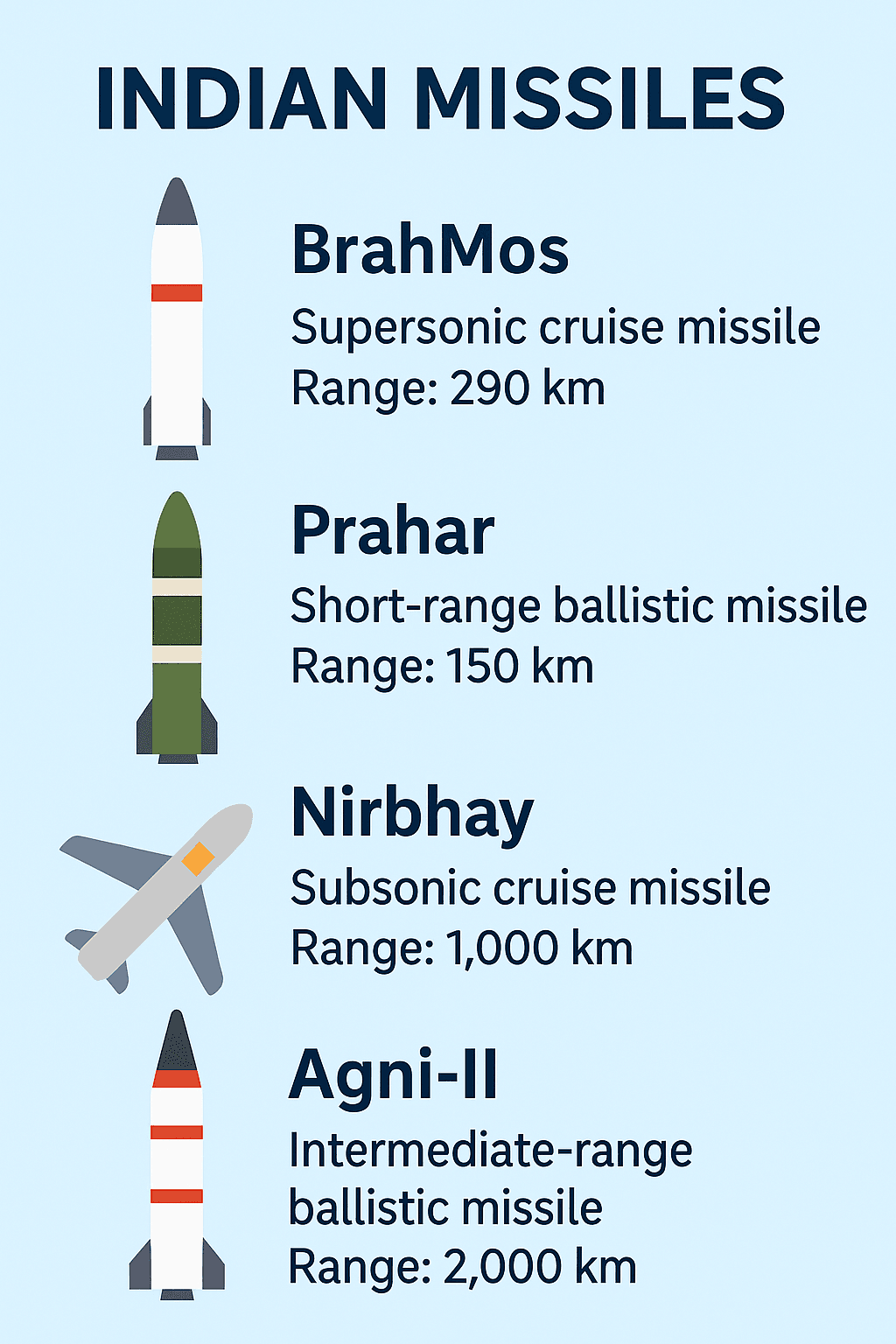New Delhi, India – India’s criminal justice system has undergone a landmark transformation with the replacement of the colonial-era Indian Penal Code (IPC) by the Bharatiya Nyaya Sanhita (BNS), 2023. While this legislative shift promised modernization, it also rekindled an age-old debate: Does Indian criminal law adequately reflect gender neutrality and equality?
A closer analysis of both the IPC and its successor reveals a persistent protectionist and gender-specific framework that often fails to recognize men and transgender individuals as potential victims of crimes traditionally viewed through a patriarchal lens. This article delves into the legal architecture, judicial interpretation, and societal implications of gender-biased laws in India, with a focus on what the BNS does—or doesn’t—do differently.
The Legislative Framework: Skewed in the Name of Protection
At the heart of India’s gender debate lies a range of laws that, while crafted with the intent of protecting women, inadvertently reinforce the stereotype of male perpetrator and female victim. This unbalanced lens overlooks a growing number of men and LGBTQ+ individuals affected by similar forms of violence and discrimination.
Sexual Offenses
- Rape (Section 63 of BNS)
Replicating Section 375 of the IPC, rape remains a gender-specific offense—only a man can rape a woman. Despite calls from legal experts and rights groups, the BNS fails to adopt a gender-neutral definition, excluding male and transgender victims. Enhanced penalties for gang rape and offenses against minors are steps forward but are undermined by the law’s foundational bias.
Outraging the Modesty of a Woman (Section 71 of BNS)
Derived from IPC Section 354, this law criminalizes assault intending to “outrage a woman’s modesty.” There is no parallel provision for men or transgender individuals, perpetuating the idea that modesty is an attribute exclusive to women needing legal safeguarding.
Voyeurism & Stalking (Sections 70 & 77 of BNS)
Post-2013 amendments made these offenses more explicit. However, the gender-specific presumption—that only men can stalk or harass, and only women can be victims—remains legally enshrined.
Domestic Violence & Marital Offenses
- Protection of Women from Domestic Violence Act, 2005
This civil legislation offers comprehensive protection for women against abuse but does not provide legal recourse for male or transgender victims. The law’s name and scope explicitly exclude others facing domestic violence.
- Cruelty by Husband or Relatives (Section 85 of BNS)
Replacing the controversial IPC Section 498A, this section continues to recognize only women as victims and men as perpetrators, reinforcing gender stereotypes in domestic disputes.
- Adultery: A Shift in Interpretation
In the landmark Joseph Shine v. Union of India (2018) judgment, the Supreme Court decriminalized adultery, denouncing it as archaic and unconstitutional. The BNS reflects this progressive step by excluding adultery altogether.
Maintenance Laws: Responsibility Without Equality
- Section 125 of CrPC & Personal Laws
Under Section 125 of the CrPC, a man is typically obligated to financially support his wife, children, and parents. While in rare cases, unemployed men have claimed maintenance from earning wives, the statutory framework remains skewed, especially in personal laws like:
- Hindu Marriage Act, 1955
Muslim Women (Protection of Rights on Divorce) Act, 1986
Judicial Interpretations: Mixed Signals
Progressive Judgments
Anuj Garg v. Hotel Association of India (2008): Struck down a law preventing women from working in establishments serving alcohol, denouncing paternalism.
Vishaka v. State of Rajasthan (1997): Set precedent for workplace harassment laws, paving the way for the 2013 Act.
Navtej Singh Johar v. Union of India (2018): Decriminalized same-sex relationships, a milestone for LGBTQ+ rights.
Enduring Biases
Ideal Victim Syndrome: Survivors of sexual crimes are often judged by societal expectations of behavior, affecting the outcome of trials.
Presumption of Financial Inferiority: Courts often assume women are financially dependent and men are primary earners, leading to inequitable judgments in custody and maintenance cases.
The Supreme Court’s Handbook on Combating Gender Stereotypes has urged the judiciary to consciously avoid such biases in language and reasoning—but implementation remains inconsistent.
The Way Forward: From Protection to Empowerment
The Bharatiya Nyaya Sanhita 2023 was a missed opportunity to build a truly inclusive, gender-neutral criminal justice system. While protections for women are essential due to prevailing societal conditions, legislation must also evolve to reflect modern understandings of gender, identity, and equality.
Recommended Reforms
1. Gender-Neutral Legal Definitions: Rape, domestic violence, and stalking should be defined in ways that include all gender identities, both as victims and perpetrators.
2. Equal Access to Legal Recourse: Laws like the Domestic Violence Act should be amended to allow complaints from male and transgender individuals.
3. Sensitization Training: Judges, police officers, and prosecutors must undergo continuous training to eliminate gender bias in interpretation and enforcement.
4. Societal Awareness: Educational campaigns are needed to dismantle patriarchal norms and promote mutual respect across all gender identities.
Conclusion
While India has taken commendable steps toward gender justice, including striking down colonial-era laws and advancing LGBTQ+ rights, much of its legal system remains protectionist rather than empowering. The Bharatiya Nyaya Sanhita offers some procedural upgrades but fails to correct deeply embedded gender biases in substantive law.
Equality before the law, as promised under Article 14 of the Constitution, demands a shift from viewing women as vulnerable dependents to recognizing every individual’s equal right to legal protection, regardless of gender. The road ahead requires bold legislative action, judicial consistency, and societal transformation to create a justice system that truly serves all.














